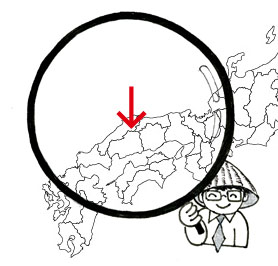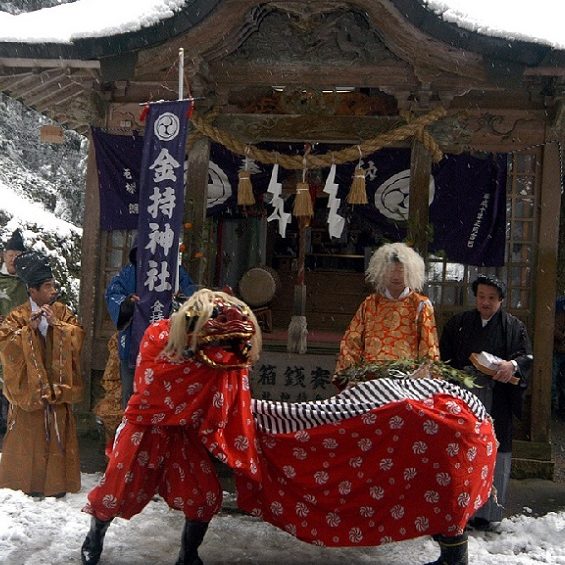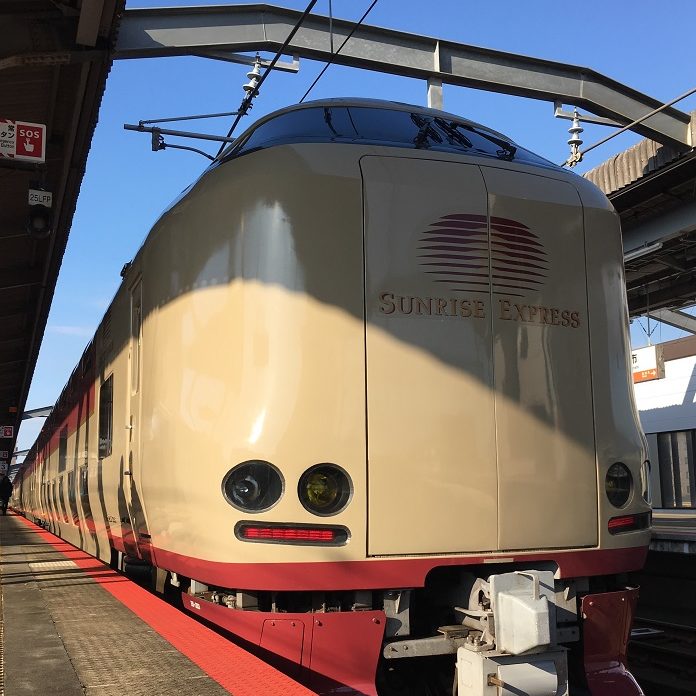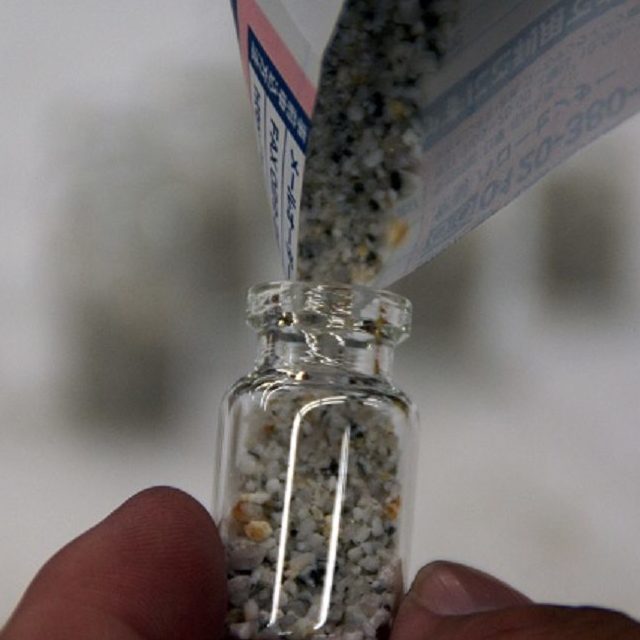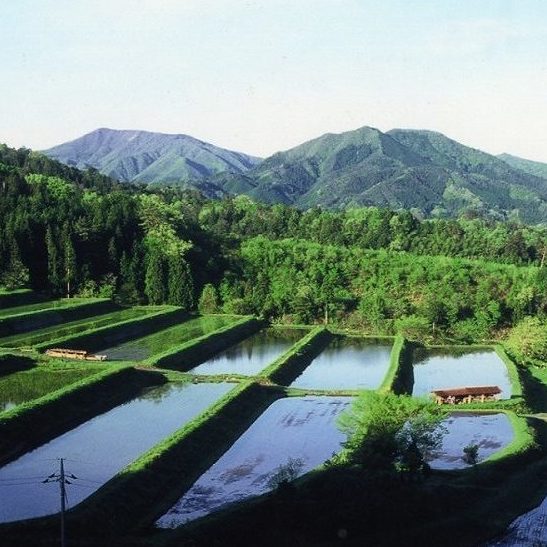- Viewpoints
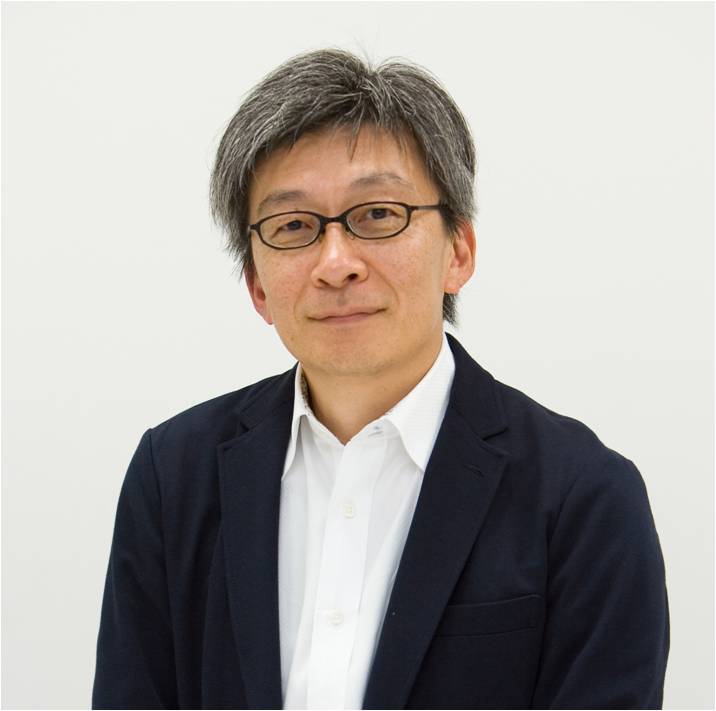
Sub leader, Hakuhodo Brand Design
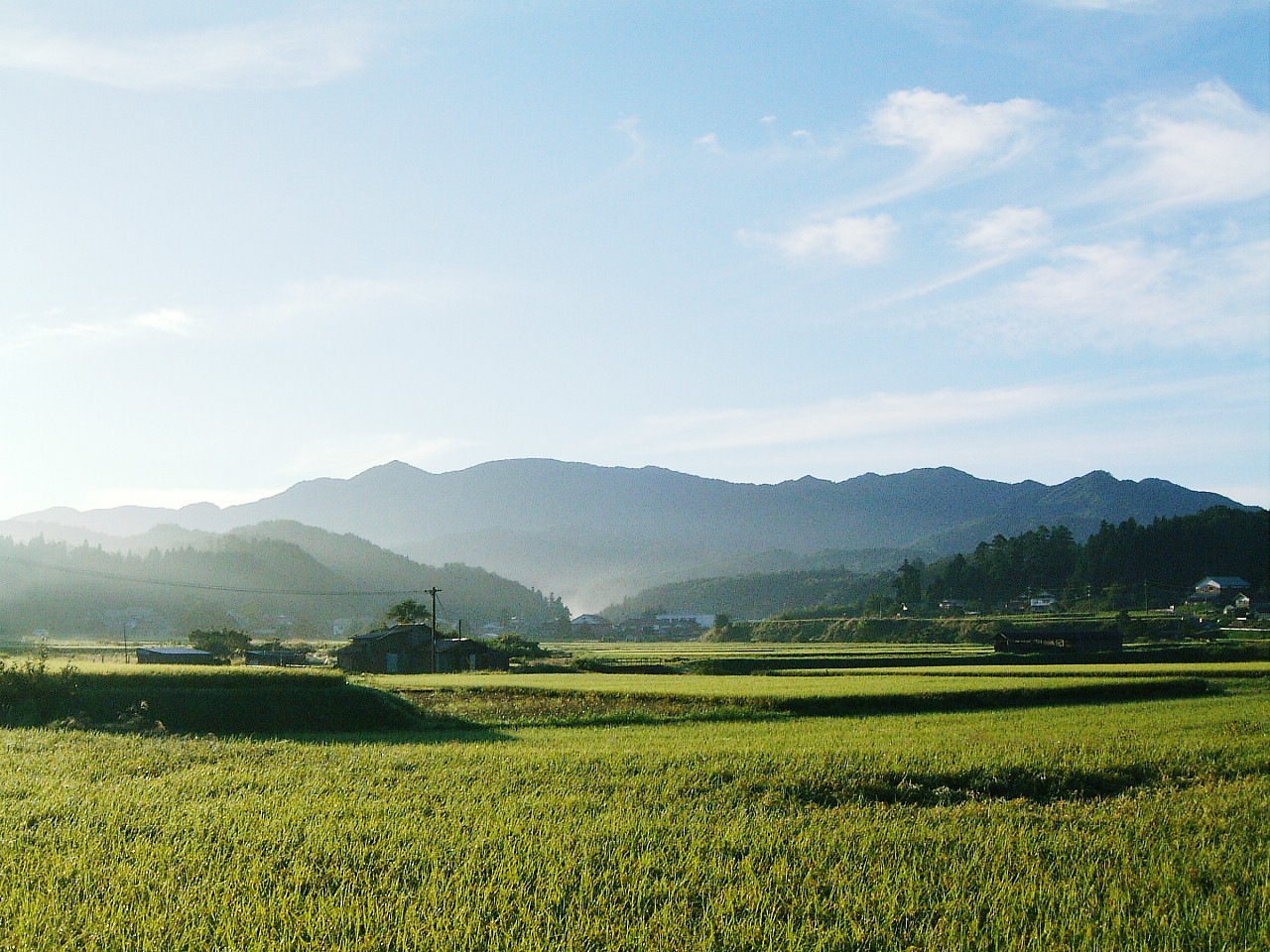 Photo 1: Mt. Sentsu
Photo 1: Mt. SentsuThey cut through the mountains? What mountains?
“A long time ago. That’s why it’s flat now,” the friendly staff member told us with a big smile, still gracefully munching on a mouthful of Nita rice.
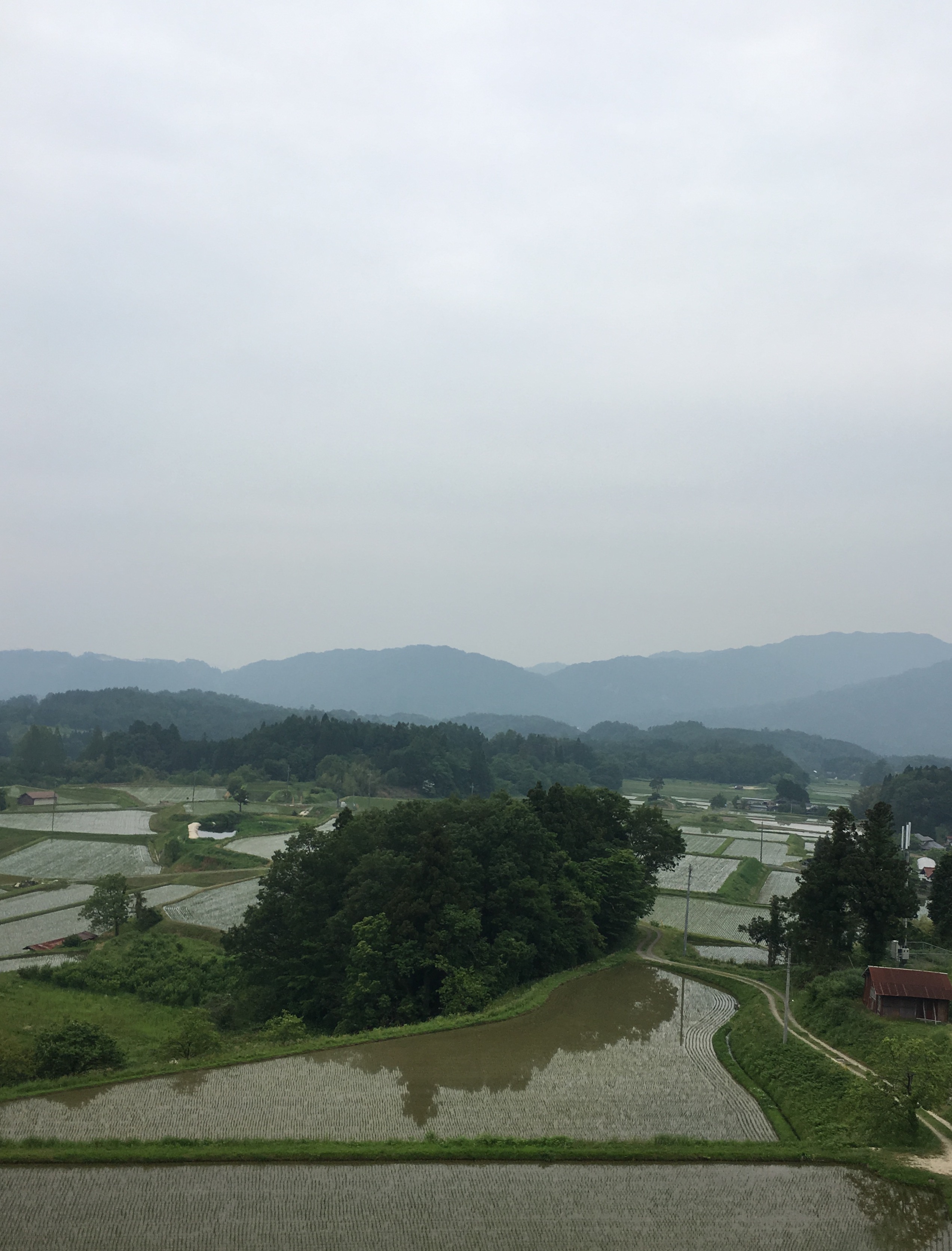 Photo 2: A Landscape with Residual Hills 2
Photo 2: A Landscape with Residual Hills 2“Wait, they cut through the mountains? Whereabouts?”
“All around here, as far as the eye can see.”
“What? All of this? Everywhere?! Why?”
What appeared to be a pristine landscape of superb natural beauty turned out to be human handiwork. This historical fact contributed to Okuizumo’s landscape being designated as a Cultural Landscape and Japan Heritage site.
“Do you know what tatara is, Mr. Fukaya?”
“Tatara?”
“They used to smelt iron in this area.”
Tatara…I remembered hearing the word in the Studio Ghibli film Princess Mononoke…And thus began our endless study session on tatara.
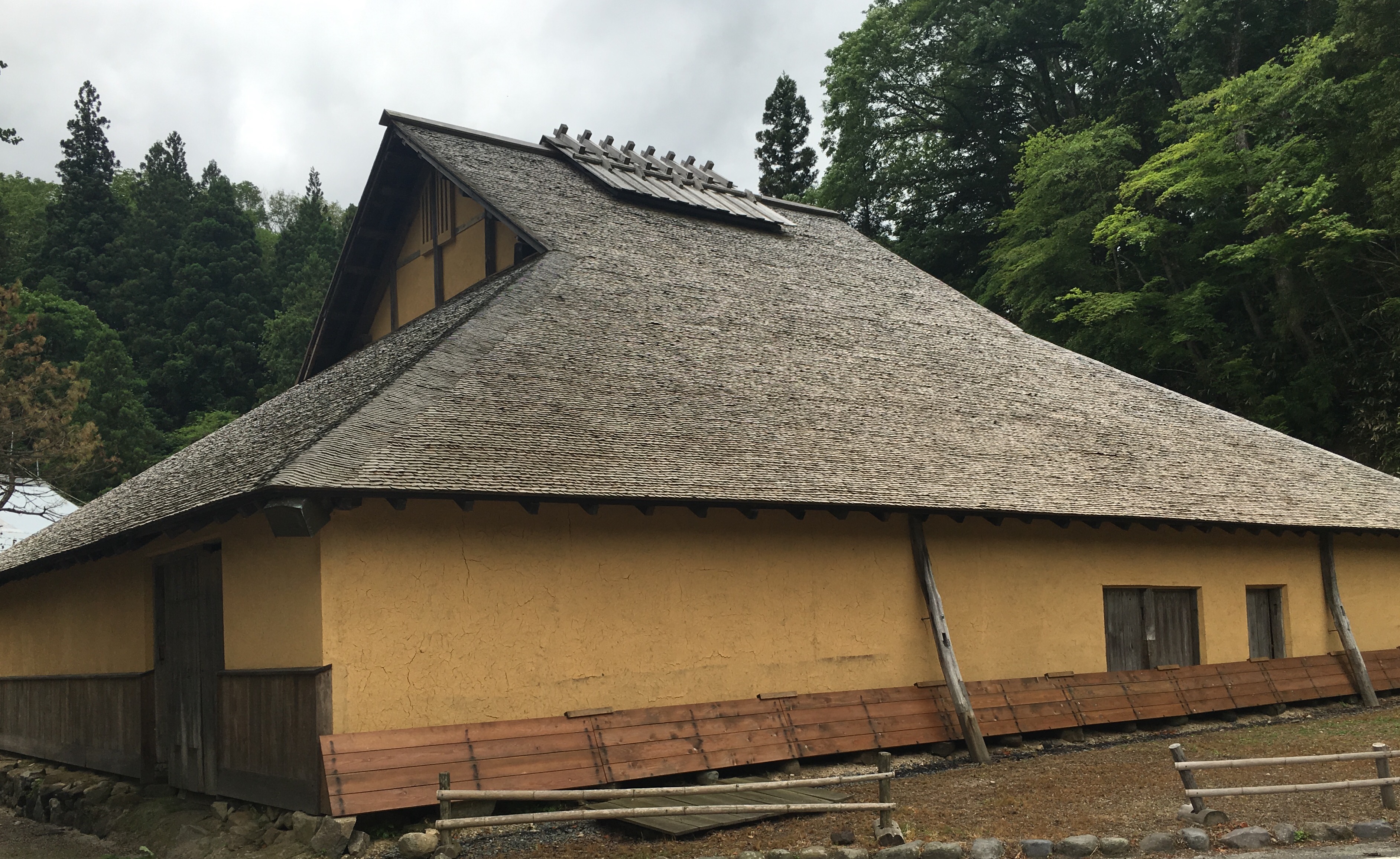 Photo 3: Tatara Facility
Photo 3: Tatara Facility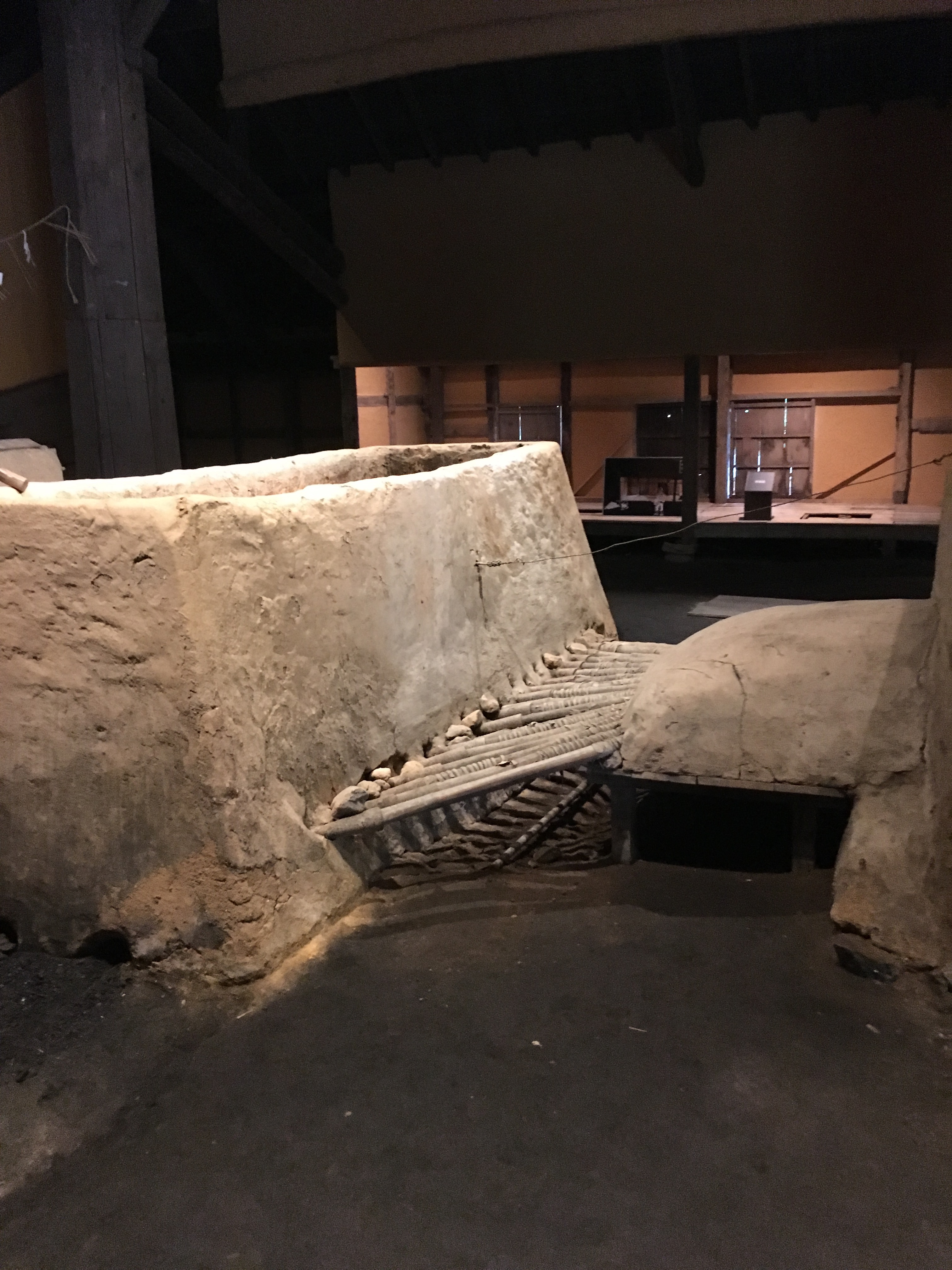 Photo 4: Inside the Tatara Facility
Photo 4: Inside the Tatara FacilityIn the mountains, they would cut down trees to make charcoal, then cut through and flush out the remaining earth to extract any iron in a process called kanna-nagashi. The iron sand and coal were smelted together for three days and three nights using a method unique in Japan. In the end, they were able to create a massive amount of steel. Japanese steel. Wow!
I used to think that iron smelting was a European technology, but apparently it existed in Japan, too.Our ancestors had their own unique methods even in antiquity. They must have come to Okuizumo, deep in the Chugoku Mountains, in search of the abundance of trees and iron sand.
Still, it was hard to believe that this vast flatland was once full of mountains. Where did the huge piles of soil and sand go? I can’t even begin to imagine the number of dump trucks they would have needed.
 Photo 5: Hii River and Izumo Plain
Photo 5: Hii River and Izumo Plain“Oh, that soil? That’s what forms the Izumo Plain,” my friend explains.
All the soil flowed down the Hii River from Okuizumo all the way into the Sea of Japan. When the direction of the river changed in the Edo period, the soil ended up in Lake Shinji instead. It’s estimated that almost 200 million square meters of soil accumulated in the lake, effectively filling it in and creating new rice fields on the reclaimed land. The familiar Izumo landscape was created by the tatara industry.
All of these stories fascinated me. They smelted steel in the mountains, processed it downstream, and some towns at the estuary, such as Yasugi, made names for themselves around the world for their steel. From there, this precious metal was shipped around the country and even overseas, mostly to make farming tools like plows and hoes.
The invention of steel might have impacted society even more than the IT revolution. Farming tools equipped with steel alleviated the burden of field labor and led to the expansion of farmland across the country. Subsequently, agriculture thrived, completely changing people’s lives. Steel is what sparked Japan’s agricultural revolution.
Tatara created more than a simple industrial castle town. It was also host to what we now call agriculture-industry-commerce collaboration, sixth sector industrialization, and regional collaboration. It even acted as a regional trading company!
But wait. If they kept digging for iron sand and cutting down trees in the mountains, those mountains must have been destroyed beyond repair, just like Hashima Island, the coal mine island more commonly known as Gunkanjima. Interestingly enough, there is no trace of environmental destruction today, and every corner of this area is lush with nature. Maybe we just hadn’t seen that darker side yet. The other side of the mountains must be horrendous, I thought. I caught myself obsessing over the profound complexity of Okuizumo.

*Tokotoko counter means the total number of places visited since April, 2016.
